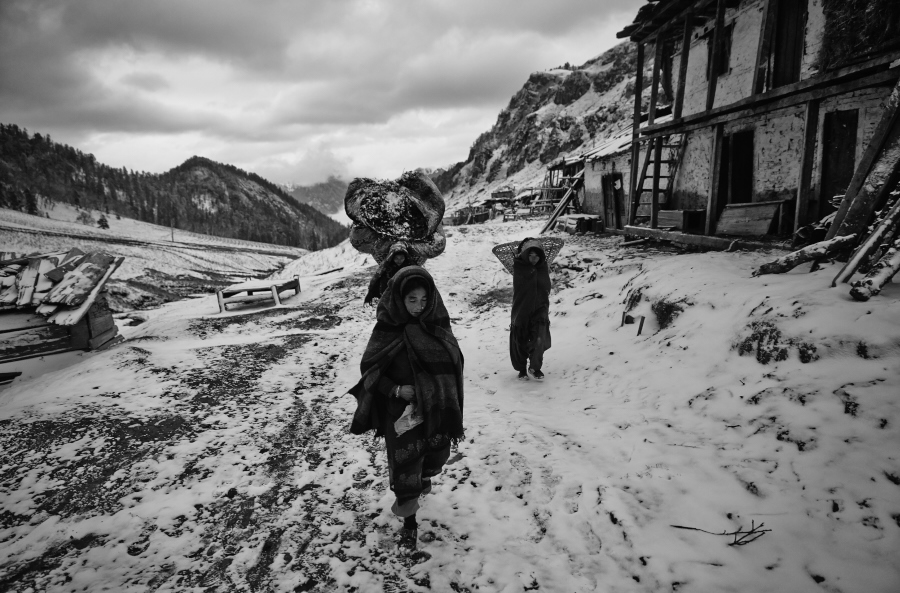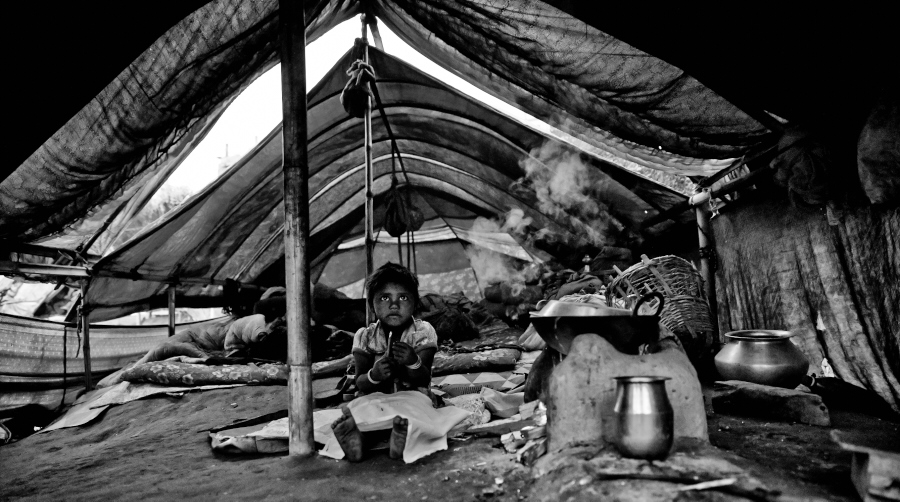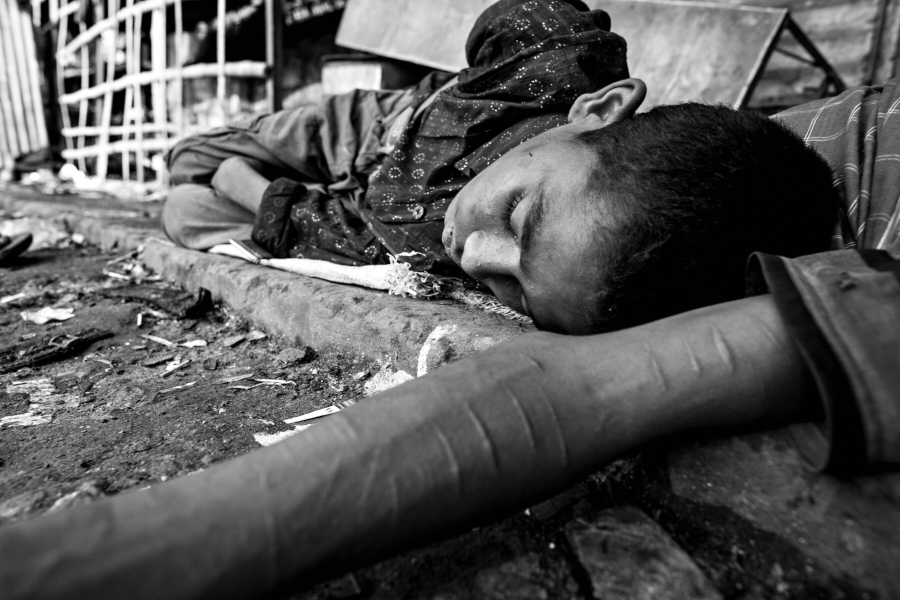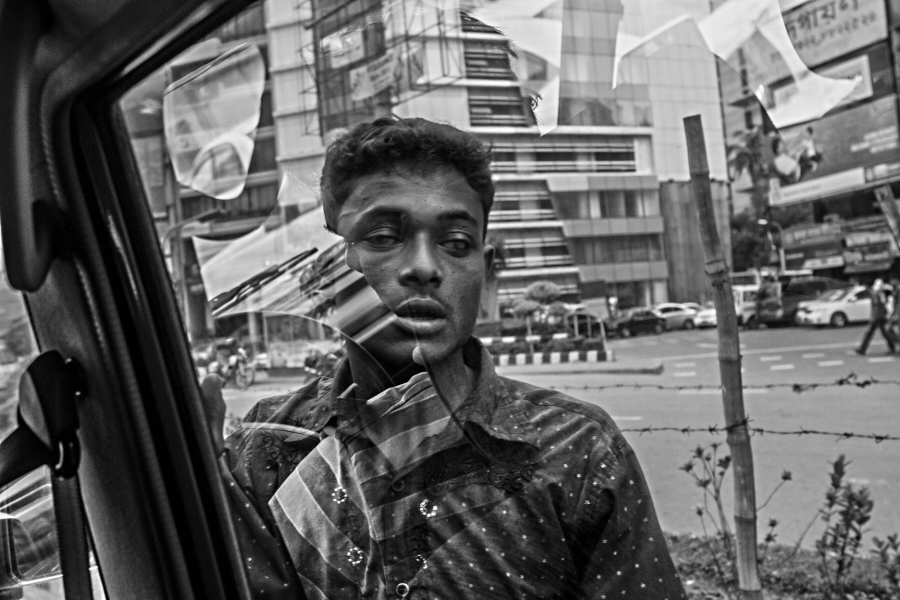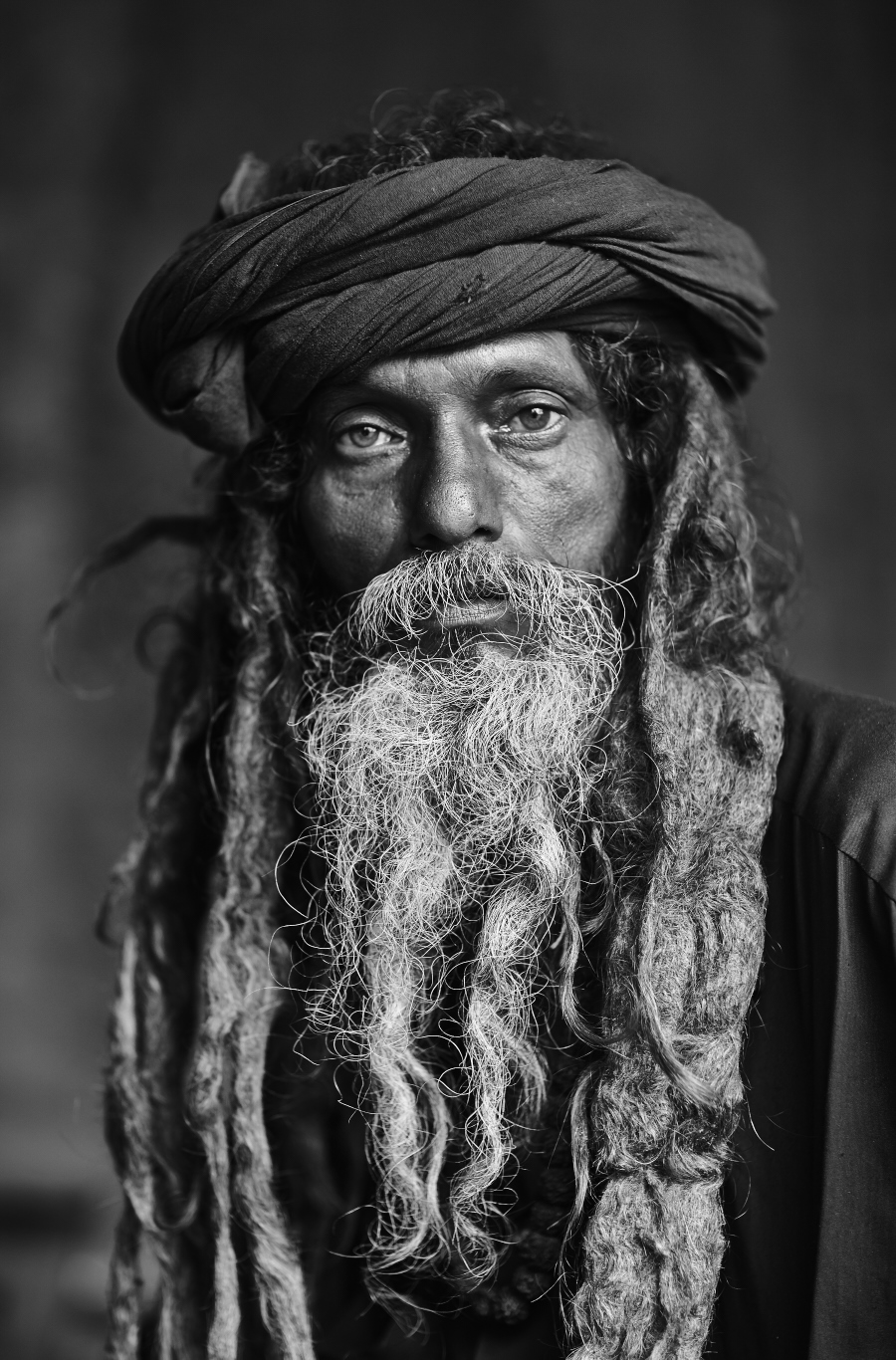Jan Møller Hansen (b. 1964) is a self-taught and international award-winning photographer, who works with visual story telling and social documentary. He has attended trainings by World Press Photo, Noor Images, DMJX, VII Photo Agency, Magnum Photos, BJP and Grundtvig High School in Denmark.
Jan Møller Hansen has among others photographed slum dwellers, indigenous and aborigine people, brick kiln workers, sexual minorities, sex workers, refugees, acid survivors and other marginalised people while living for eight years in Nepal and Bangladesh. He has worked in several Asian and African countries and speaks Nepali. He works with international development assistance, humanitarian aid and is a former senior diplomat.
Can you tell us a little about yourself?
My name is Jan Møller Hansen, and I am a passionate and self-taught photographer. I am from Denmark and is a senior diplomat working with the Danish Foreign Service.
During recent years, photography has become a great passion of mine. I have always liked photographing and have had many different cameras over the years, but it is only within the last 5-6 years that I have become more serious about how and why I photograph.
I have worked long- and short-term in many Asian and African countries, and been among others been posted for four years in Nepal (1991-1995), four years in Vietnam (2000-2004), five years in Bangladesh (2007-2015) and now I am in Nepal again.
How did you get interested in photography?
I have always liked photographing. It came with my desire to travel and explore the world. When I came back from my first backpacking trip around Asia in 1985 my bag was full of exposed film rolls. I have always photographed when I travelled around.
It was during my five years in Dhaka in Bangladesh from 2007 to 2012 that I really discovered photography. Some years ago, we had rented a wooden boat and sailed around the Sundarbans – the world’s largest mangrove forest – in Southern Bangladesh. It was during that trip that I made a somehow sub-conscious decision to start photographing. I came with a small pocket camera, and saw the fantastic nature, wildlife and the many different birds but could not capture much with my camera. The guy who owned the boat had a bag of serious professional photography gear, which he told me about while we were sailing through the mangrove forests. For three days we just talked about photography and gear. Something happened and I decided to pursue my interest in photography. I gradually bought a few good camera houses and lenses and then started walking around in the slums of Dhaka city where we lived. Dhaka is one of the most densely populated and crowded places on earth, and I started looking at the place and its people through the lens.
As a foreign diplomat living in Bangladesh I often met decision makers and the most privileged people from government, private sector and civil society organisations. What they told me did not match with what I saw. I felt that there was a huge inequality between the few privileged and the many ordinary and most often poor people. I never came to terms with these differences, and of how people were being treated by politicians, authorities and society. This is the reason for why I started walking around meeting people and photographing what I saw. Photography became a way of personal expression. It became my way of dealing with the many dilemmas and sometimes inner frustrations that I experienced during my years in Bangladesh. I just wanted to portray ordinary people and show how they live and work. Through photography I started getting in contact with many people that I otherwise would never had met.
Photography became an instrument for learning and exploration. As a kind of self-development if you like. It was like people were speaking through the images, and it became a passion of mine. Through this work I also developed a great admiration for the resilient and strong people of Bangladesh – not for the privileged but for the ordinary people, whom I believe is the backbone and pride of this great country. It left a great impression on me of how people are managing and surviving under very different conditions.
Who are some of your favorite classic photographers, and how did they influence you?
Sebastiao Salgado for his great social documentary work. He is self-taught as photographer and photograph with a great purpose. He is a very skillful man and with a great personality. He is an inspiration for me. I found my first photo book in Colombo years back and it was Salgado’s Africa. It is a fantastic book, and Salgado has done a lot of great work. Helmut Newton is another great photographer, which I admire. I am not doing fashion photography myself, but Newton was very provocative and was just working differently than all others. I often look at his photos, and one of my best photography books is Newton’s SUMO. Just great work. In my opinion, W. Eugene Smith was also one of the greatest photographers – I also like the movie about his life and work. He was an uncompromising personality, who created stories through photography. Then there is Annie Leibovitz – just the most original and fantastic portrait photographer that I know.
These are just a few of the many famous photographers that I admire, but most of my aspiration actually comes from the many unknown but really talented photographers. There are so many photographers that are doing just fantastic work. Nearly every day I see great photos or essays created by persons I have never heard about. It is not just the photos, but also the idea and story behind the essay or photos. The way they create images before they appear – the story creation – is fascinating.
What first drew you to photography and how did you discover it?
As I mentioned earlier, photography became a way of expression for me. A way of exploring the world and for learning about people and their lives. It also became an important means of staying in touch with reality. I realized that photography became a great excuse, and gave me the legitimacy, for bringing myself in situations and meeting people that I would otherwise never had experienced.
I also realized that photography has no limits – through photography you can explore and do anything you like. It all depends on your own imagination, originality, personal and technical skills, attitude and behavior. Photography is also about you as a person – about your own values, belief and integrity. Through photography you will explore yourself. Photography is a fascinating and continuously developing art. I am fascinated by the fact that through photography one can capture a moment in time that will never reappear. I feel that photography or stills can show something that we might not see if we do not freeze the moment. By freezing the moment, that will never reappear, you can express something very powerful and touching if you are capable and lucky of doing so.
How do you educate to take better photos?
I watch tutorials and from time to time read books. But I also follow what others are doing. I am very impressed with the many fantastic and skilled photographers that are out there – also the many young and unknown photographers. There are so many photographers doing really original and talented work. I admire their talent and drive.
I also photograph quite a lot myself, and by going through the entire workflow thousand of times I guess you learn something. You have to come up with a good idea, find the place and the people, interact and shoot, edit and finally disseminate the image. I learn by doing it again and again and sometimes experimenting with the actual shooting and also retouching. It is just hard but also rewarding work.
Unfortunately I have not received a lot of critic of my work, and I have only once attended a short course in photography. But I think that receiving critic from other photographers or visual art people can be very effective, but also tough, in terms of learning. You have to face and work with your weaknesses and change, if you can, while learning and developing as a photographer. There is always something new to learn in photography.
How do you come up with ideas for your projects?
I am interested in people and their stories. Sometimes I just walk around, but it is never completely random. I often have an idea of what I am looking for, but very seldom it turns out as expected. Other times I do have an appointment with someone or will be working on a specific topic. Many of my images are often related to social issues – injustice and inequality. In Bangladesh I photographed people living in slums, ship breakers, transgenders, sex workers, acid survivors, brick kiln workers and others. Now when I am in Nepal I have started photographing people on the street, urban refugees, Tibetan and Bhutanese refugees, conflict victims, sadhus, transgenders and brick kiln workers. I often work on several themes in parallel.
Do you take photos more for yourself or for others?
I think that it is both. I always want to do better, and it is always exciting to see what you get in the box. But it is also great to share your work with others. I certainly also take photographs for others. I want to tell stories through images. I like photos that tell stories – when you go beyond the mere visual impression. Photography can be a very clean form of language if you do not misuse it.
What do you think makes a memorable photograph?
A memorable photo is one, which provokes feelings and emotions with the viewer. One that tells a story. If it provokes surprise, happiness, sympathy, anger, dislike, horror or just leaves a feeling behind it might be a great photograph – if the photo stays with viewer it is memorable. Many photos have changed peoples’ views and understanding of the world. These are the photos that stays with the viewer.
How important is an awesome website for your business?
Well, I do not make a living from photography so in terms of generating business a website is not important for me. But I still believe that a good website and displaying your work is very important as a photographer. Sharing your work with others just adds another exciting dimension to photography. The internet and new visual technologies for shooting, editing and dissemination have changed photography dramatically. If you do not use the internet for sharing and learning then you will not get far as a photographer today. Electronic photos can never replace a print though. But a great website is certainly important if you want to show others what you are doing as a photographer. My own homepage on SmugMug might not be the most fancy homepage, but according to the website statistics it has some 250.00-300.000 photo views per month. So yes, a website and the use of internet platforms are very important for me.
How has social media played a role in your photography?
I feel that the social media is a very important means of sharing your work, and I do use Facebook, Twitter, Pinterest, YouTube and other social media. There are around 45.000 likes of my Facebook photography site, and it is a great way of sharing your work and getting feedback and comments from viewers. Viewers have often contacted me and told about personal experiences and feelings when seeing one of my images.
I also personally follow many photography sites and photographers via social media. Social media is a great way of expanding your network and for creating contacts. Photography is a lot about networking, also through the social media.
What are some tips you would give to yourself if you started photography all over again?
Think out of the box and just challenge yourself with crazy topics that you have never thought of. That is how you discover and learn. There are no short cuts in photography, so be prepared and expect a lot of hard but very rewarding work.
What is one question nobody has ever asked you that you wish they asked you?
Why do you photograph? It might be too obvious, I do not know, but nobody has ever asked me that question! [Official Website]




